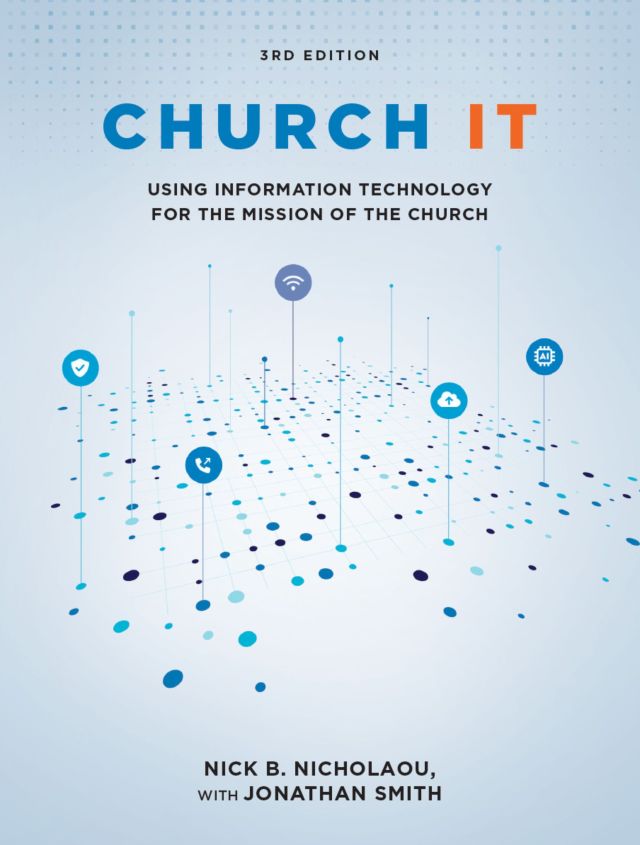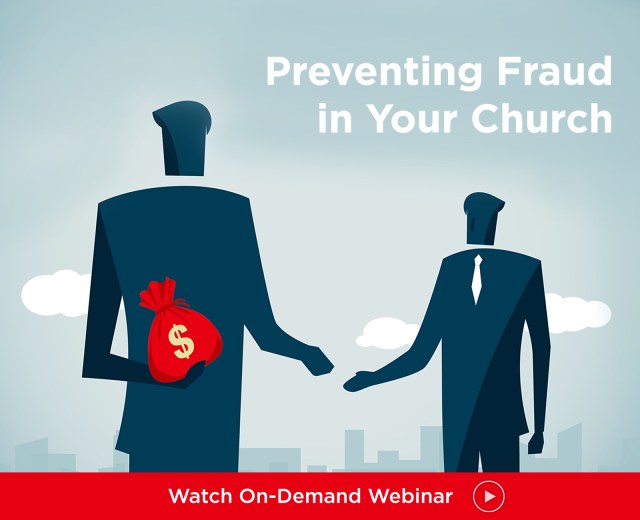• Key point. Churches may be relieved from liability for their negligence if an injury results from an “intervening cause.”
A Georgia court ruled that a public school was not legally responsible for the murder of a child who was released by school officials prior to the end of the school day. While the case involved a school, it will be relevant to churches as well. The school had a written policy addressing early dismissals of students. The policy specified that no student could be released prior to the end of the school day without the consent of a parent. On the day of the murder, the school received two calls from a person with a male voice requesting that the victim be released early. The caller was informed that this was not possible without the consent of a parent. A short time later the school received a call from a person identifying herself as the victim’s mother. This person requested that the victim be released early due to a “family emergency.” A school secretary authorized the early release of the victim based on this call, and on her way home the victim was abducted and murdered. The victim’s parents sued the school , claiming that it was responsible for their daughter’s death as a result of its negligent supervision. A state appeals court ruled that the school was not liable for the girl’s death. The court conceded that the school may have been negligent, but it concluded that this negligence was not the cause of the girl’s death. Rather, the death was caused by an unforeseeable “intervening cause”-the criminal activity of an outsider-which relieved the school from liability. The court observed: “Generally, an intervening criminal act of a third party, without which the injury would not have occurred, will also be treated as the [cause] of the injury thus breaking the causal connection between the defendant’s negligence and the injury unless the criminal act was a reasonably foreseeable consequence of the defendant’s conduct.” The court noted that (1) school officials had no reason to suspect that the murderer posed a risk of harm to the victim; (2) school officials were aware of no threats ever directed to the victim by the murderer or anyone else; (3) no student had ever before been abducted or assaulted after being released before the end of the school day; and (4) the victim expressed no concern for her safety. Based on this evidence, the court concluded that “it was not foreseeable that [the victim] would be murdered after being released from school early.” The court concluded that even if the school had been negligent in properly supervising the victim, its negligence “did nothing more than give rise to the occasion which made her injuries possible.” The murder was caused by the intervening criminal act.
Application. Many churches have released children from organized activities prior to the dismissal of an adult worship service. This case illustrates two important points. First, such “early releases” can create significant risks of harm to minors which may result in a lawsuit charging the church with negligent supervision. Second, while in many cases the church will be liable for injuries occurring under such circumstances, this is not always the case. For example, a church may not be liable for injuries caused by an unforeseeable intervening criminal act. Perkins v. Morgan County School District, 476 S.E.2d 592 (Ga. App. 1996). [Negligence as a Basis for Liability]
© Copyright 1997, 1998 by Church Law & Tax Report. All rights reserved. This publication is designed to provide accurate and authoritative information in regard to the subject matter covered. It is provided with the understanding that the publisher is not engaged in rendering legal, accounting, or other professional service. If legal advice or other expert assistance is required, the services of a competent professional person should be sought. Church Law & Tax Report, PO Box 1098, Matthews, NC 28106. Reference Code: m58 m65 c0397




